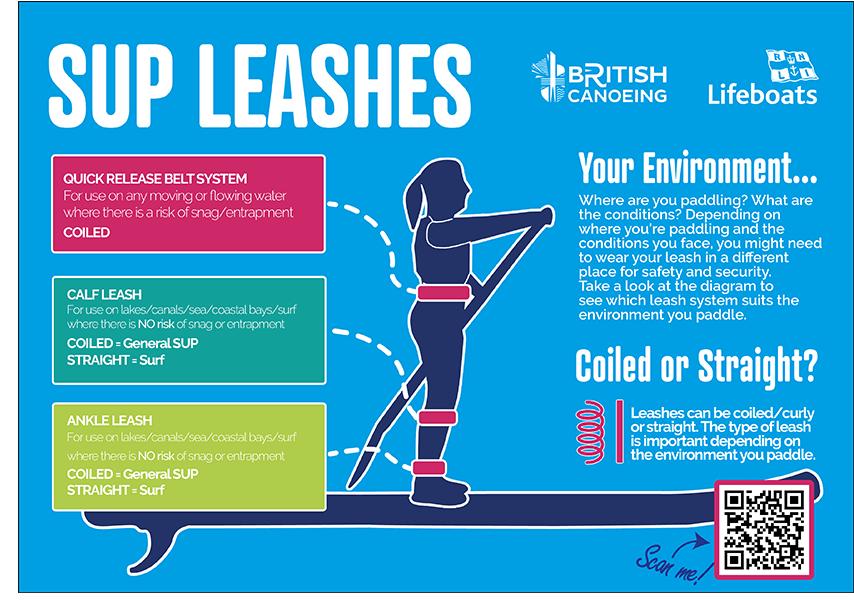STAYING SAFE WHILE PADDLEBOARDING
Paddleboards and kayaks can be a great way to get out and explore, especially during the warmer weather. But, if it’s your first time, it’s important to make sure that you know how to use them safely.
So, we’ve teamed up with British Canoeing to help you stay safe while you’re having fun. Here are a few things to think about before heading out on the water for the first time.
Finding the right craft
Picking the right craft for you is key, and your decision should depend on what type of paddling you’d like to do. Standing up on a paddle board will give you great views of some beautiful surroundings but it can be become tiring after a while, meaning more chance of an accident. If you think you might struggle with a paddle board, think about getting a kayak instead. You can sit down to paddle, which will allow you to stay on the water for longer.
Wearing the right kit
Making sure you wear something appropriate for the conditions you’ll be paddling in is essential, whatever the weather. Having the correct base layers will help keep you the right temperature, so try to layer up in the cold, and cover up against the sun during hot weather. You should also consider waterproof outer layers to help keep you dry while on the water.
Wearing the right safety kit can be lifesaving. A personal floatation device (or PFD) is a great option and will help to keep you afloat should you end up in the water. Solid foam buoyancy aids are also a good choice, and often have pockets to store extra bits of kits and paddle board accessories.
Staying safe when paddling
Your primary form of floatation support when you’re in the water is your board. To be as secure as possible, you need to be tethered to your board by the correct type of leash for the water and environment you are paddling in.
To be most effective, SUP leashes (stand up paddle board leashes) should be tailored depending on what conditions you’re paddling in. Follow the graphic below, created by British Canoeing and the RNLI, to figure out what system you need:
)
As well as a SUP paddle board leash, British Canoeing strongly recommends that you have both a primary and secondary form of floatation support when stand-up paddle boarding. The secondary type of floatation support you should choose will depend on your skills, the conditions and environment in which you are paddling, but any buoyancy aid/PFD should be:
- The correct size and fitted correctly
- ISO 12402 certified
- Maintained according to the manufacturer’s guidelines
Improving your knowledge
It’s not just about preparing the right kit; having the right skills can be lifesaving too. To help you learn more about paddling, you can find a few simple courses to brush up on these all-important safety instructions here.
As well as safety skills, a good technique is also important to master. Developing your paddling skills can make life a lot easier on the water, meaning you can enjoy your time out as much as possible. There are several British Canoeing courses that can help you learn more about how to paddle board.
Picking the right location
You should always consider both your ability and confidence when choosing where to paddle. If you head out onto a rough river as a new paddler, you’re likely to end up in trouble. Sticking to waters within your paddling ability will not only be safer, but it’ll also be more enjoyable.
If you’re looking for somewhere to paddle, either in your local area or during a holiday, then check out PaddlePoints, an interactive map that has thousands of launch points and attractions along the way.
Did you know that you need a special license to access many of the waterways in the UK? Canals, lakes, lochs, and stretches of rivers can all require a licence. But with a British Canoeing membership, you’ll have access to over 5,000km of waterways across the UK.
If you’re planning to have fun on the water, either on a paddle board or in a kayak, be sure to follow these tips to stay as safe as possible. For more information on how to paddle safely, please visit the Go Paddling website.
Shop paddleboards and inflatable kayaksBack to Expert Advice
